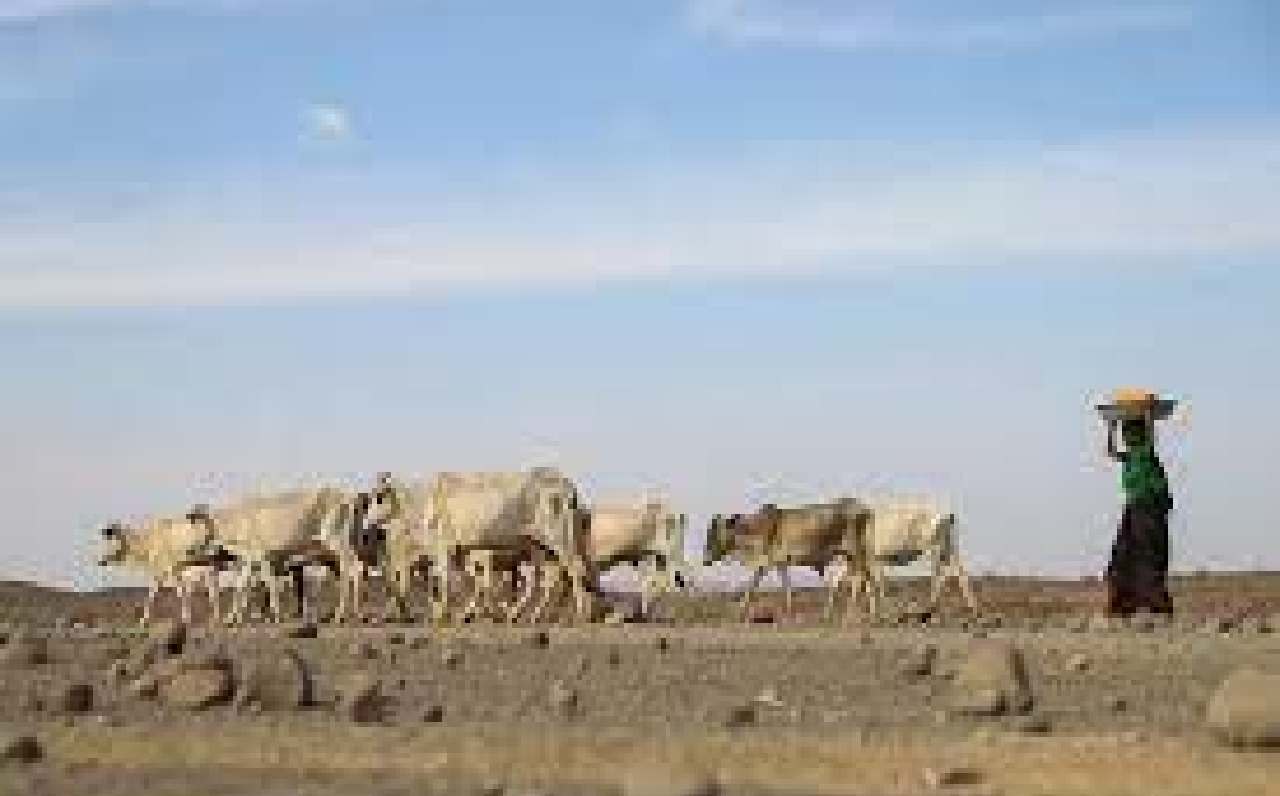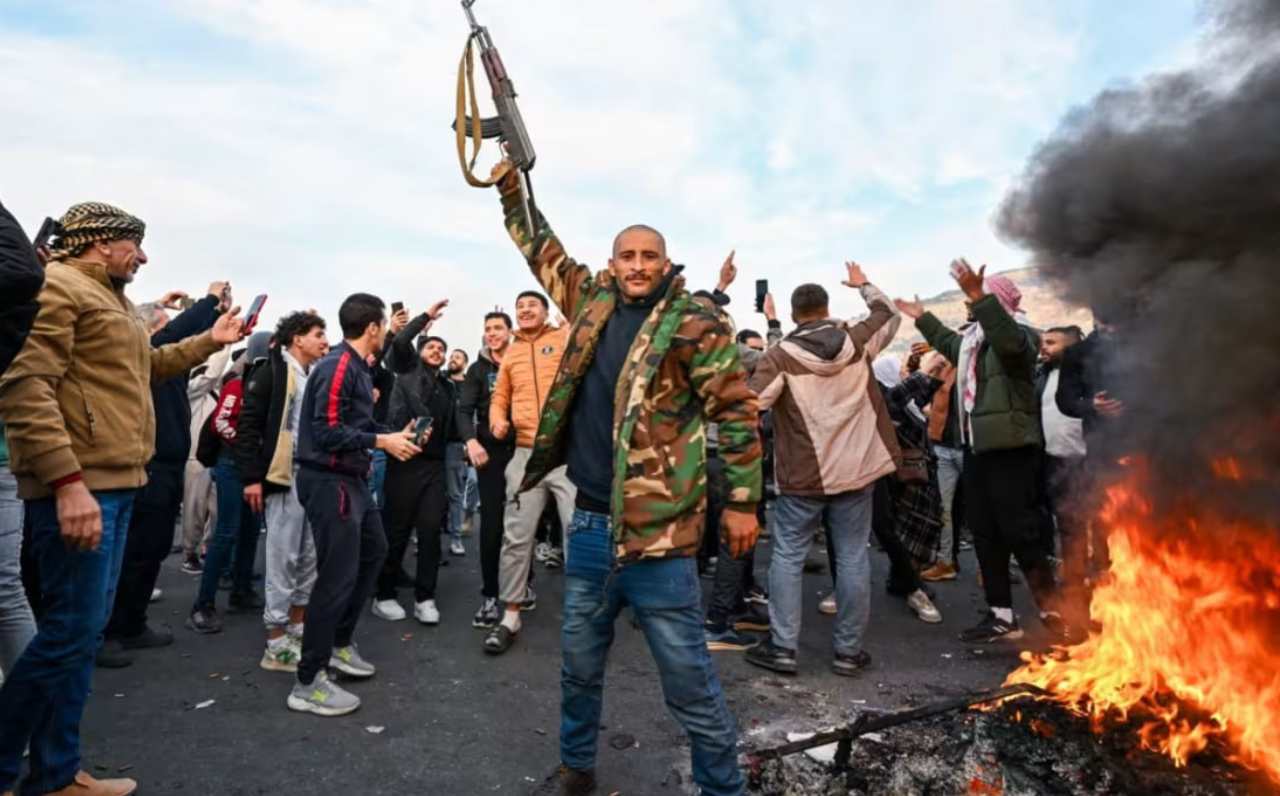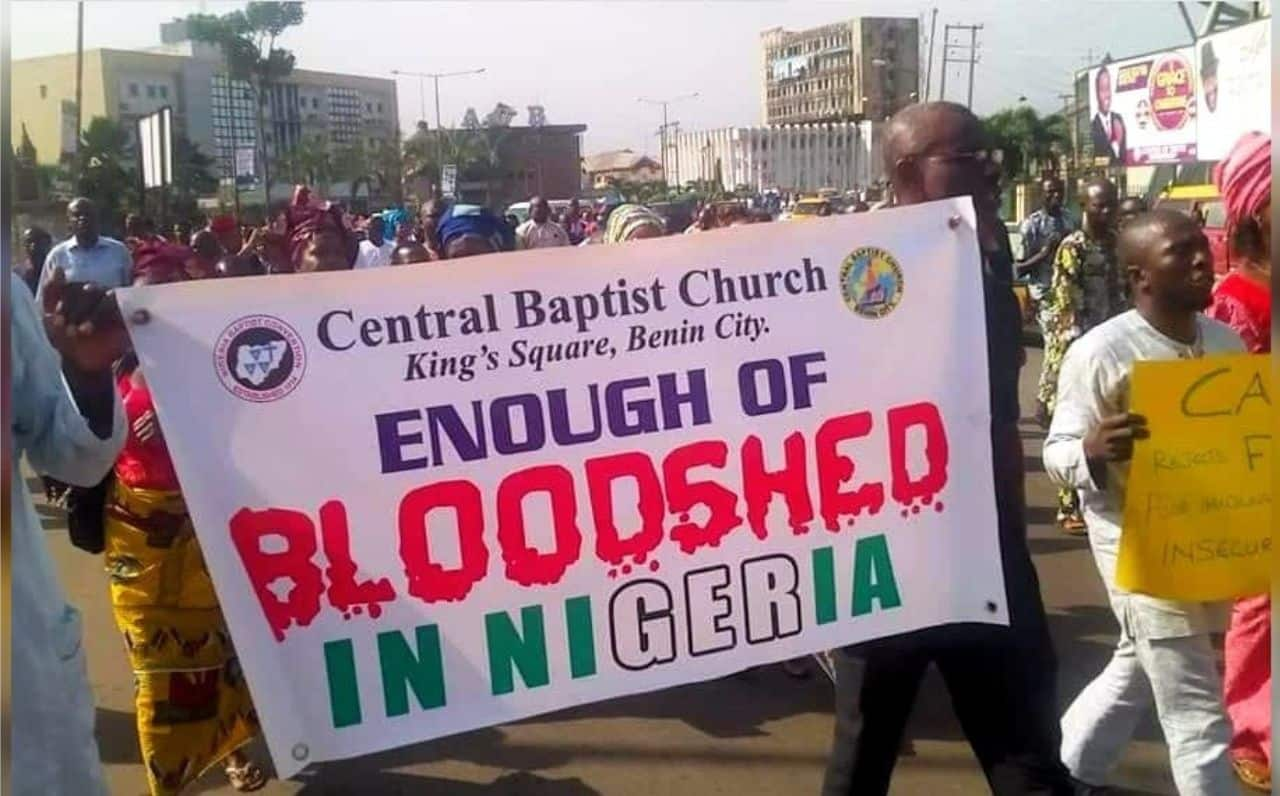The Human Crisis in the Horn of Africa

The severity of the famine is getting worse.
Across the Horn of Africa, some 13 million people face severe food insecurity and severe water shortages due to drought. As of January 2022, the worst affected areas are southern and southeastern Ethiopia, arid and semi-arid regions of Kenya, and large parts of south-central Somalia.
In addition, current meteorological forecasts indicate that the region will be warmer than normal in the dry season from January to March 2022. If this prediction comes true, it is likely to create higher food insecurity across the three countries.
Drought is affecting parts of the Horn of Africa that have been affected by conflict, flash floods, unusually high food prices, locust infestations and the socio-economic consequences of COVID-19 over the past year. Frequent and often overlapping shocks make it harder and harder for families to recover and build resilience.
.
The World Food Program will also work closely with its partners, including governments, NGOs, donors, UN agencies, the private sector and the drought-affected communities themselves, to address the diverse needs of the affected communities simultaneously and in a coordinated manner.
The World Food Program has called for $ 327 million immediately to prevent another major humanitarian crisis in the Horn of Africa and to support the approximately 4.5 million people affected by the drought.
Source and Credit: RW, WFP
Africa

2022 Feb 25
Middle east

2024 Dec 10
Africa

2024 May 10
Threats against Christians in Australia increase
International, Americas

2024 Apr 16
Increasing Arrests and Faceless Victims Revealed in Latest Findings.
Middle east

2024 Feb 23
SimilarNews
 Congo-Rwanda Border Tensions Surge: Conflict Fears Mount
Congo-Rwanda Border Tensions Surge: Conflict Fears Mount Escalating Hostilities Prompt International Concern
Africa

2024 Feb 20



